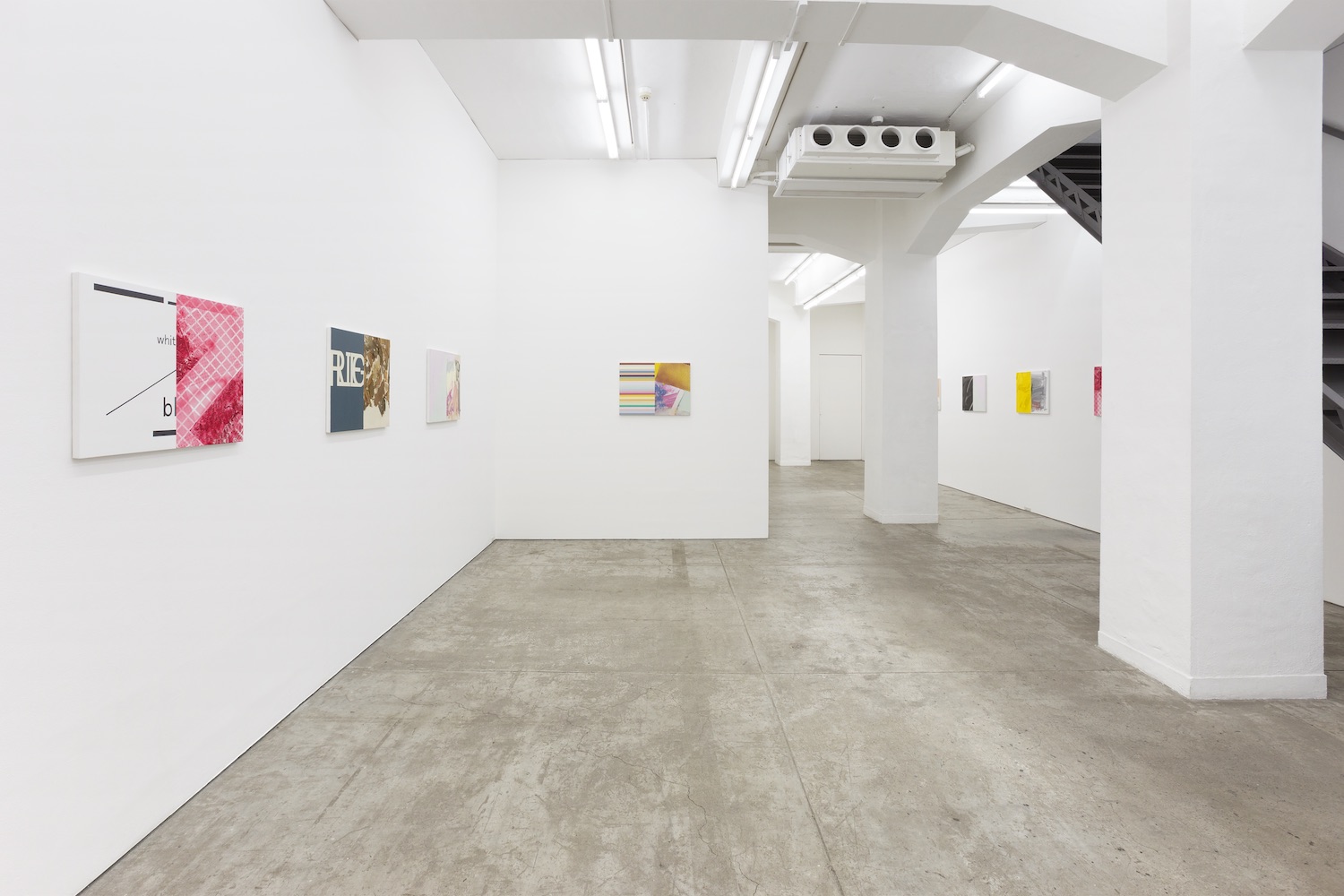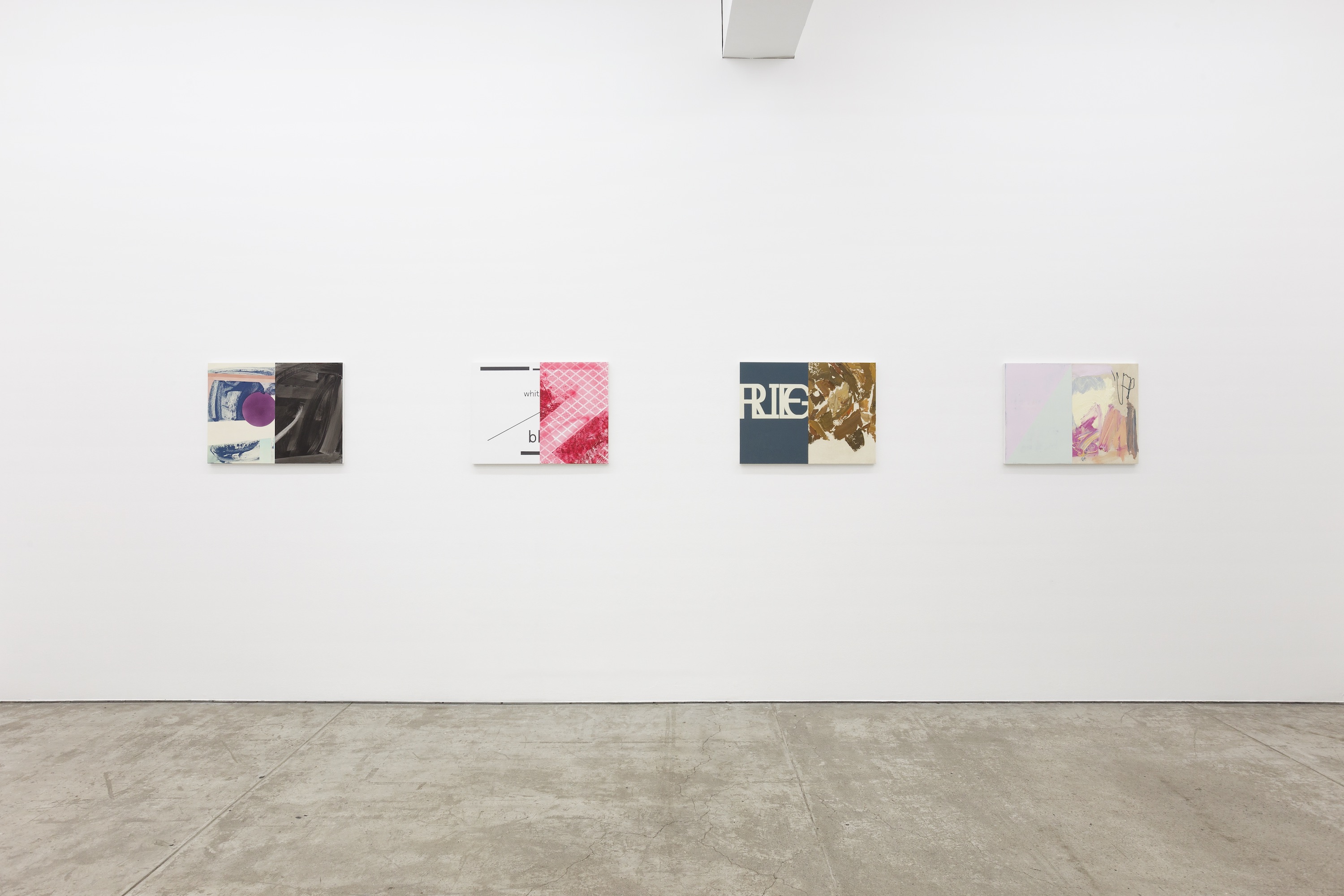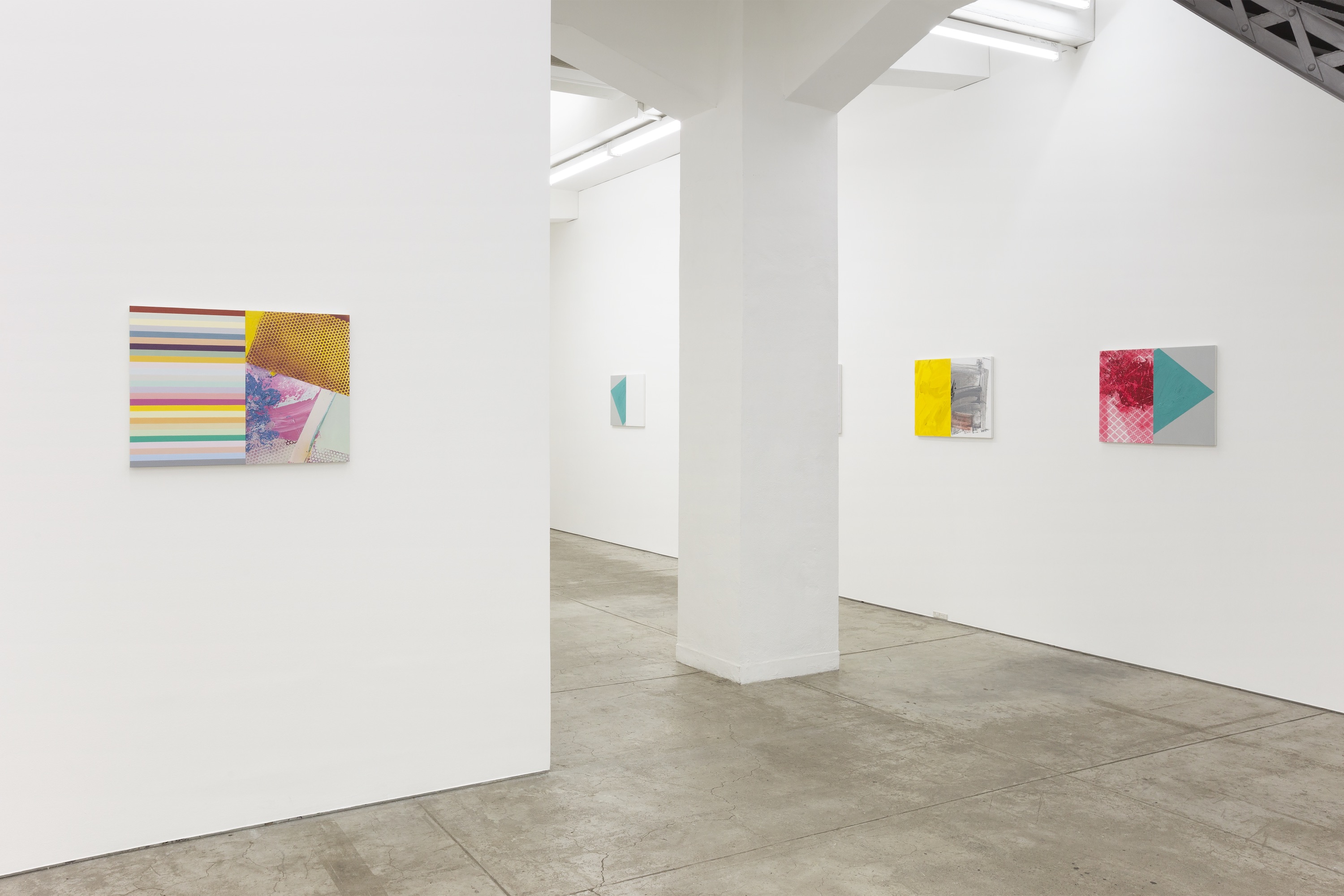TARO NASU is pleased to announce Futo Akiyoshi’ s solo exhibition, entitled “We meet only to part”, after his 7 years stay in Berlin.
Futo Akiyoshi
Born in Osaka 1977, Lives and works in Aichi, Japan.
Selected Exhibitions includes “A Museum-wide Collection Exhibition:The Myriad Forms of Visual Art: 196 Works with 19 Themes(The National Museum Art of Osaka, Osaka), “All for One” (SEXAUER ,Berlin) in 2018. “Pola Museum Annex Exhibition 2017” (Pola Museum Annex, Tokyo)in 2017. “19th DOMANI”(The National Art Center, Tokyo), “something too much “(TARO NASU,Tokyo) in 2016 and more.
Core to Futo Akiyoshi’s painting is the quest about what makes the canvas and paint the painting.
He has been enjoying the quest from the beginning of his career, through manifold of approaches including not only painting but also sculpture, photography and video.The uniqueness of his quest consists of the representations of playfulness and the artist loves to play with the rules which are established by himself.
To start with “We meet only to part” series, he tried to elucidate where his quest existed, applying the technique of segmentation and conjugation to the canvas. In his process of painting, firstly he connected two canvases and completed one image on that connected ones. After completion of 20 connected- canvases-paintings, he separated them back into the initial parts, to create 40 of torn-up images on 40 de-connected canvases.Then deliberately he chose the two of them to unite as one connected canvas, to create 20 collage-like paintings in the end.
Through this maneuver which was bounded by rules with a certain playfulness, Akiyoshi suggests this series as the metaphor for the humans and the society they belong to, to put a question about the freedom which we enjoy as social beings, accepting the rules and protocols in the community. Somehow we manage to benefit from our environment, to meet the expected/unexpected in planned/accidental way, to struggle to obtain our own illusion which is called freedom.
It could be said as reflection of the artist’s personal experience of being a stranger in Berlin, being more sentient of the rules and structure of the world as well as the invisible boundaries than he used to be in his own country.











